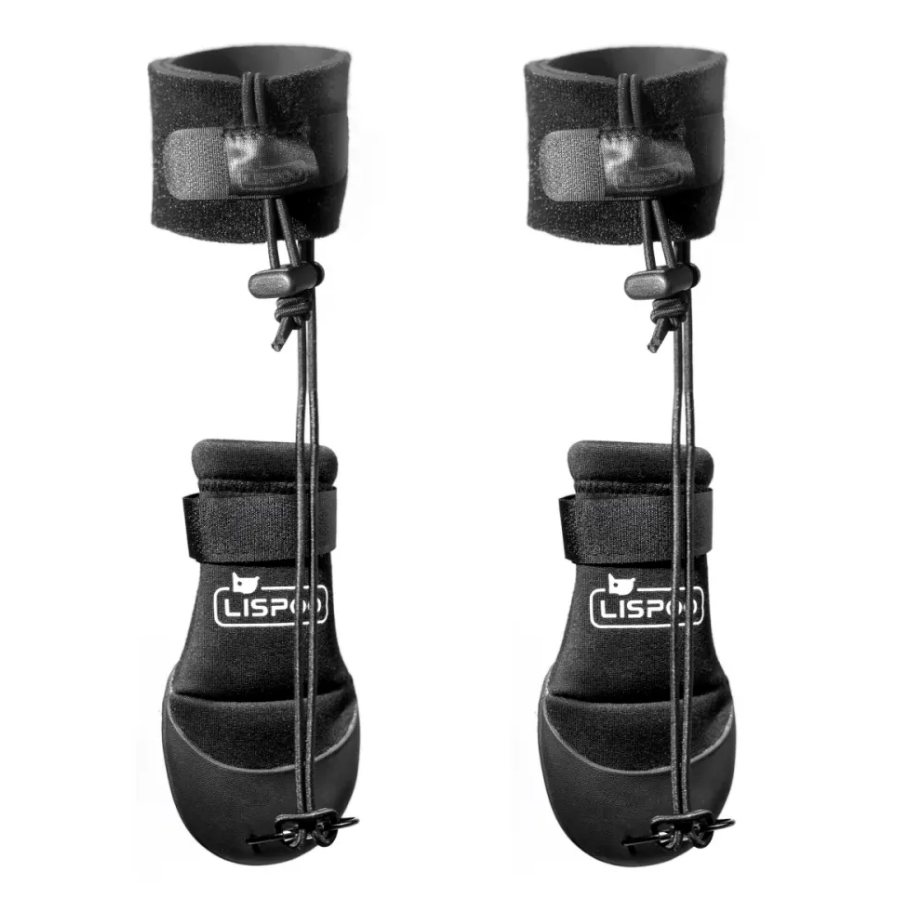When you notice some changes in your dog's gait or movement. , one sign to look out for is a condition called knuckle joints.
This behavior involves the dog dragging or scuffing the tops of its paws on the ground while walking. Knuckles may indicate an underlying problem that needs attention.
What are knuckles?
When a dog has knuckles, it means the dog has trouble lifting its feet properly when walking. Instead of placing the foot normally on the ground, the top of the claw drags or scrapes the floor. If not addressed, discomfort or injury may result.
Possible causes of bent knuckles
- Nerve problems: Nervous system problems, such as nerve damage or spinal cord injury, may cause your knuckles to bend. Diseases such as degenerative myelopathy can also affect a dog's ability to control their paws.
- Muscle weakness: Weakness in the muscles that control the legs and paws may cause the knuckles to bend.
- Orthopedic problems: Injuries or conditions that affect the bones, joints, or ligaments, such as hip dysplasia or arthritis, may cause your finger joints to bend.
- Peripheral Nerve Damage: Nerve damage in the legs can cause a loss of sensation or control, causing dogs to knuckle down.
- Infection or inflammation: Infection or inflammation in the legs or paws can affect a dog's ability to walk normally.
- Injury or Trauma: Physical injuries such as broken bones or sprains can impair a dog's ability to walk properly.
What to do if your dog knuckles?
- Seek Veterinary Care: Consult a veterinarian to determine the underlying cause of the bent knuckles. Early diagnosis and treatment can improve your dog's mobility and quality of life.
- Provide support equipment: Your veterinarian may recommend the use of a no knuckling training sock or no knuckling dog brace to help your dog walk more comfortably.
- Follow a treatment plan: Follow your veterinarian's treatment plan, which may include medications, physical therapy, or other interventions used with dog no knuckling training sock.
- Monitor your dog's condition: Keep an eye on your dog's condition and track any changes in behavior or mobility. Regular monitoring can help you and your veterinarian adjust the treatment plan as needed and allow you to see how your dog is adapting to rear no knuckling training sock.



0 Comments